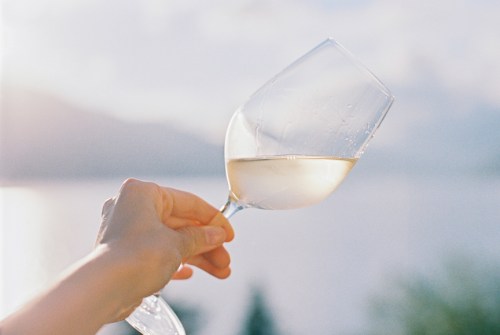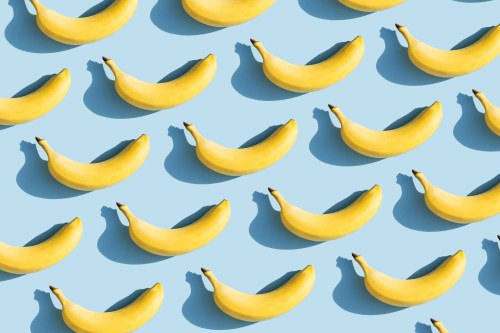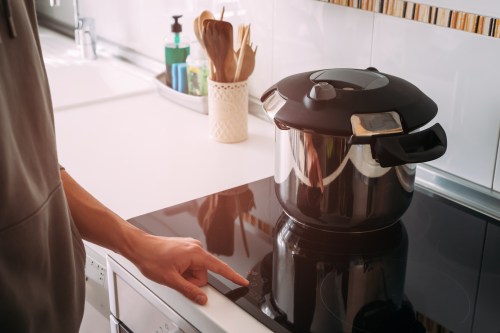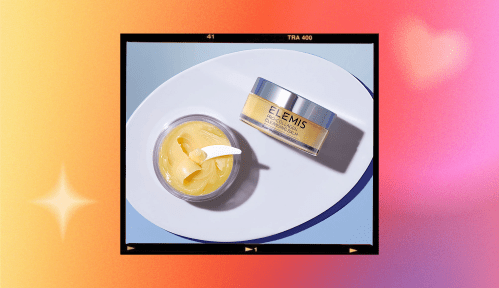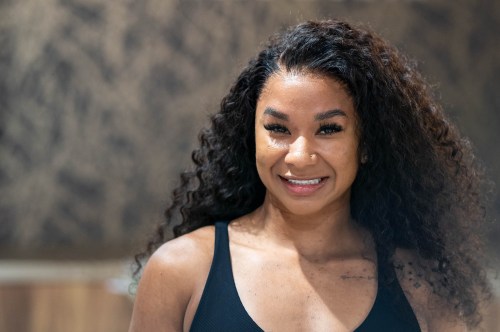Our editors independently select these products. Making a purchase through our links may earn Well+Good a commission
Giving up alcohol isn’t easy—especially not for someone whose profession is immersed in it. Meet Catherine Fallis, the master sommelier at wine subscription box company Bright Cellars and the author of Ten Grapes to Know. (Major fangirl moment: Fallis is the fifth woman in the world to have earned the coveted title of master sommelier.)
Experts in This Article
Given the fact that her career revolves around savoring good wine on the regular, we were surprised to learn that Fallis would be participating in Dry(-ish) January. While she didn’t give up alcohol entirely (hello, it’s her job), Fallis would partake in what’s been dubbed Damp January—cutting down on alcohol consumption, which has been linked to many health benefits.
Research shows that Fallis is not alone. In 2022, more than a third of all U.S. adults participated in Dry January, and that number is projected to rise this year as the trend continues to gain traction. In that (ahem) spirit, we caught up with Fallis, who shared her learnings about going (mostly) booze-free in January, and how she’ll be applying Dry January tips and findings for the rest of the year.
What a master sommelier learned when going booze-free for Dry January
1. Keeping low- and no-alc wines on hand can be a huge asset, especially in social settings
Want to drink but can’t stand a hangover? If that’s the case, Fallis recommends reaching for the lower-alcohol or alcohol-free options on the shelf. When she was looking to sip a glass of wine during her Dry January trial run, she would opt for low-alc wine, and says that she felt better after reaching for these options—many have delicious flavor and can be less damaging to your overall health compared to higher-alcohol wines.
“There are many low- or no-alcohol wines, beers, and spirits coming into the marketplace. Bright Cellars just launched two low alcohol wines—a Petal Press Rosé and Jumble Sale Riesling from Columbia Valley, Washington, both a nine percent alcohol by volume (ABV),” Fallis says. The best part? You can also rest assured, as the master sommelier says, that they don’t compromise on quality. “Neither one feels any lighter than it would have been at 11-12 percent ABV, and that is quite an accomplishment,” she says.
2. Listening to your body to gauge when to (or not to) drink is key
According to Fallis, deciding whether or not to drink will heavily depend on the individual. “In general, health experts agree that regular moderate consumption is better than fasting and binging alcohol. That said, I know medical professionals who only drink on the weekends. It really depends on lifestyle, how your body processes alcohol, and so much more,” Fallis says. This decision is entirely personal.
As for Fallis, she found that a happy medium is sticking to only moderate consumption so as not to overdo it, which is in line with the concept of Damp January, where folks are consuming alcohol less—or less frequently—depending on the circumstances.
3. Setting small goals for reducing consumption helps track your progress
Of course, if consuming alcohol has been part of your daily social life for years, going cold turkey might seem next to impossible. (Drinking has been tied to so many cultures and traditions for centuries, after all.) That’s why Fallis suggests taking a slow and steady approach, so you’re less likely to give up on the mission altogether if it seems too overwhelming in the first place.
To action Fallis’ advice, try giving yourself small, achievable, and consistent goals around reducing your alcohol consumption. “Willpower is important, so try making smaller goals, like three days or seven days, then keep on going if you can,” Fallis says.
4. Sub alcohol with equally tasty non-alc cocktails to fill help the void
There’s no denying that FOMO is real when everyone around you is cheersing with Aperol spritz in hand… and you have nothing to clink to join them. The solution? An equally tasty booze-free drink recipe that looks and tastes just as good.
“Enjoy flavored sparkling waters and juices in wine or cocktail glasses, so your glass is no different than those around you,” Fallis says. She also suggests adding a squirt of pomegranate syrup to sparkling water to make it look like your favorite sparkling rosé. And rest assured: As folks continue to look for alcohol-free alternatives, it’s more than likely the mocktail menu at your favorite restaurants will only expand with time with options (see also: these virgin Negroni Sbagliato recipes).
An herbalist shares how to make a kava mocktail for an alcohol-free, super relaxing happy hour:
Sign Up for Our Daily Newsletter
Get all the latest in wellness, trends, food, fitness, beauty, and more delivered right to your inbox.
Got it, you've been added to our email list.
